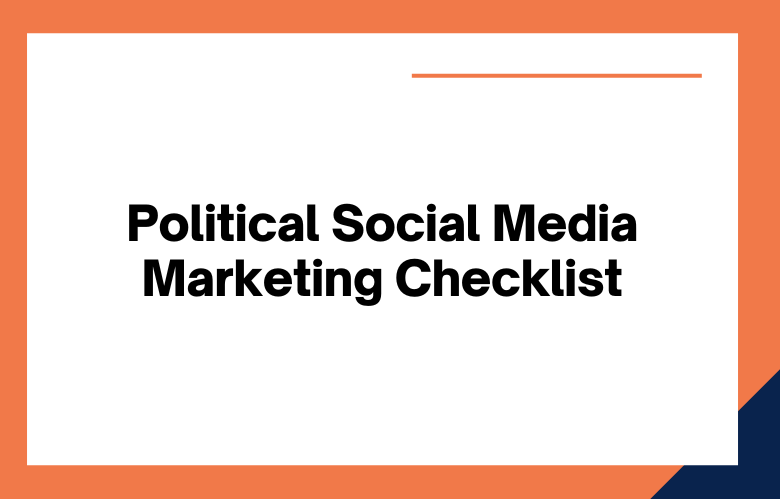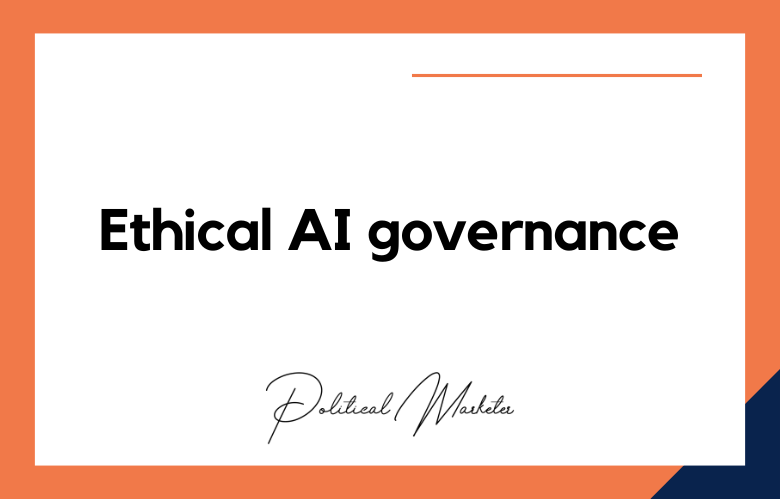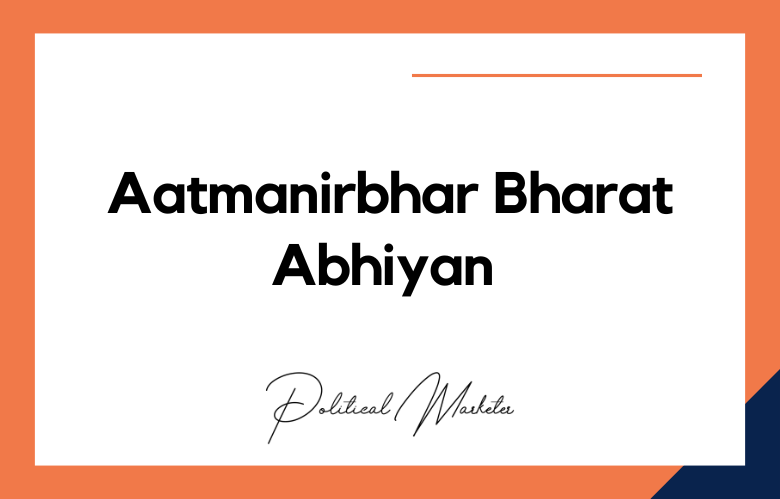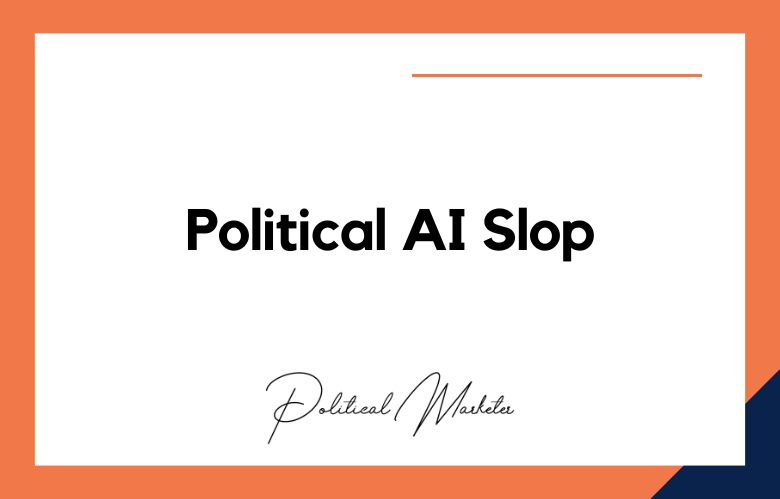Social media is one of the essential tools for political candidates. It allows them to connect with potential voters and get their message out there. However, using social media effectively can be tricky.
Candidates must use the right tools and tactics to make the most of social media. This checklist will help you do just that!
Are you looking to increase your political and social media footprint? Whether you’re a candidate running for office or a representative of a lobbying group, it’s essential to understand the ins and outs of this unique landscape.
To help you get started, we’ve put together this Political Social Media Marketing Checklist. Here are tips on building an effective campaign strategy, targeting your audience, and making the most of the various available platforms.
So look and prepare to win over hearts and minds with savvy political and social media marketing!
Political Social Media Marketing Checklist
Not everyone is a born politician. Many people find the whole concept of politics repulsive. Never fear if you’re one of those people but find yourself thrust into a political campaign. There is still hope for your social media presence. Check out this checklist so your posts don’t make you look like an amateur.
Don’t be afraid to show your personality.
One of the essential things to remember when posting on social media for a political campaign is that people want to see your personality. It doesn’t mean that you should start posting personal details about your life or sharing photos of yourself at the bar with your friends, but it does mean avoiding coming across as robotic.
There is no formula for success in social media marketing for political campaigns. However, certain best practices can help guide your strategy. Here is a checklist of things to keep in mind as you develop your social media plan for your next political campaign:
- clarity on your goals and objectives
- understanding of your target audience
- consistency across all platforms
- a content calendar that plans out your posts in advance
- engaging visuals and content
- regular monitoring and evaluation
Are you using social media to market your political campaign? Check out this handy checklist to ensure you do everything possible to reach voters and communicate your message effectively.
- Develop a social media strategy. Who is your target audience? What platforms will you use? What kind of content will you post?
- Create engaging, shareable content. Ensure your content is engaging and worth sharing, whether a blog post, graphic, or video.
- Use social media to build relationships. Connect with voters, answer their questions, and get feedback on your campaign.
- Promote your events and campaigns on social media. Make sure everyone knows when and where to vote!
- Post regularly and consistently. It helps you build an engaged audience that sees your content.
- Experiment with different types of content. Don’t just rely on text-based updates. Use images, videos, infographics, and other types of multimedia to mix things up.
- Make sure your profile and cover photos are professional and on-brand. First impressions count, so make sure your visuals give visitors the right impression.
Are you interested in using social media to improve your political marketing strategy? Check out this helpful checklist!
Item 1: Define Your Objectives
Before using social media for political marketing, you must carefully define your goals and objectives. What do you hope to achieve by using social media? Do you want to increase name recognition, encourage voter turnout, or engage with potential voters? Once you clearly understand your goals, you can create a plan to achieve them.
Item 2: Research Your Audience
Who are you trying to reach with your political marketing campaign? It’s essential to understand your target audience before you create any content. Consider their demographics, interests, and needs.
Marketing your political campaign on social media doesn’t have to be overwhelming. Use this checklist to make sure you’re covering all your bases.
Start by creating a social media strategy. What platforms will you use? Who is your target audience? What kind of content will you post?
Once you have a plan in place, start creating and curating content. Post regularly, and interact with your followers.
And don’t forget to track your progress. Check which posts are performing well and adjust your strategy accordingly.
- Checking your political and social media marketing campaign against a checklist can help ensure success.
- A successful political and social media marketing campaign requires careful planning and execution.
- Using a checklist, you can DOUBLE CHECK your progress and ensure you haven’t missed any vital steps.
- Remember, a well-executed social media marketing campaign can make all the difference in a close race!
- Establish your campaign goals
- Identify your target audience
- Research your competition
- Create a content calendar
- Develop a social media strategy
- Produce high-quality content
- Optimize your profiles and posts for search engines
- Analyze and optimize your campaigns
- Define your target audience
- Research the political landscape
- Create a content calendar
- Draft your social media strategy
- Identify key messages and talking points
- Create high-quality graphics and videos
- Post regularly and engage with followers
- Analyze results and adjust course as needed
- Create a social media policy
- Set up accounts on all major social media platforms
- Post content regularly
- Use the right tone of voice
- Engage with followers and other users
- Monitor feedback and respond where necessary
- Analyze performance and adjust strategy as needed
- Always be respectful when discussing politics, even if you disagree with someone’s views.
- Stay away from inflammatory language and personal attacks
- Share articles and content that is relevant to your audience
- Use hashtags to increase the reach of your posts
- Connect with other political and social media accounts for cross-promotion
- Respond to comments and questions from followers promptly
- Keep your account updated with fresh content regularly
- Create a content strategy
- Draft social media posts
- Schedule and publish posts
- Analyze results and adjust strategy as needed
- Establish your campaign’s core values
- Create attractive visuals
- Use influencers to reach new audiences
- Monitor and respond to comments and reviews
- Analyze performance data
- Find the right social media platforms for you
- Set up profiles and pages
- Populate your profiles with engaging content
- Connect with other users and organizations
- Use hashtags to reach a wider audience
- Analyze your results and adjust your strategy as needed
- Choose the right social media platforms for your campaign
- Create compelling content that engages your target audience
- Use hashtags to increase visibility
- Monitor and respond to comments and feedback.
Conclusion
The political and social media marketing checklist we’ve put together should help you start thinking about using social media to win your next election.
It is not an exhaustive list, but it covers the basics that all campaigns should include in their social media strategy.
Contact us if you want more information or need help implementing these ideas.
We offer political and social media marketing consulting and would be happy to help get your campaign off to a flying start.
Political Social Media Marketing Checklist: FAQs
What Is a Political Social Media Marketing Checklist?
It is a structured guide to ensure political campaigns effectively use social media for outreach, engagement, brand building, and voter mobilization.
Why Do Political Campaigns Need a Social Media Checklist?
A checklist ensures consistency, strategic alignment, compliance, and timely execution across various platforms and content types.
Which Social Media Platforms Should Political Campaigns Focus On?
Campaigns should prioritize platforms like Facebook, Instagram, X, YouTube, and WhatsApp depending on audience demographics and regional usage.
How Often Should a Political Campaign Post on Social Media?
Frequency varies by platform, but consistency is key. Daily posts on high-traffic platforms like X and regular video updates on YouTube are common.
What Should Be Included in a Political Campaign’s Content Calendar?
The calendar should cover policy highlights, behind-the-scenes updates, voter information, call-to-action posts, event promotions, and storytelling content.
How Important Is Visual Branding in Political Social Media?
Very important. Consistent use of logos, color schemes, and templates enhances recall, professionalism, and party identity.
What Role Does Storytelling Play in Political Social Media Marketing?
Storytelling humanizes candidates, connects emotionally with voters, and makes policies more relatable and memorable.
Should Political Campaigns Use Hashtags?
Yes. Strategic hashtags improve discoverability, track campaign themes, and help join larger conversations or trending movements.
How Can a Political Campaign Engage with Followers on Social Media?
By replying to comments, running polls, hosting Q&A sessions, using interactive stickers, and sharing user-generated content.
What Are the Best Practices for Creating Video Content for Campaigns?
Videos should be short, platform-optimized, captioned, authentic, and focused on one message or emotion at a time.
Why Is Community Management Important in Political Campaigns?
Active moderation, respectful dialogue, and timely responses build trust, manage public perception, and prevent misinformation.
How Can Campaigns Track Social Media Performance?
By monitoring metrics like engagement rate, impressions, reach, follower growth, click-through rates, and sentiment analysis.
Should Political Campaigns Invest in Paid Social Media Ads?
Yes. Paid ads increase reach, allow targeting by demographics and interests, and are essential during peak campaign periods.
How Can a Campaign Ensure Content Aligns with Platform Algorithms?
By studying platform trends, using native features, posting at optimal times, and prioritizing engagement-driven content.
What Is the Role of Influencer Partnerships in Political Social Media Marketing?
Influencers can amplify campaign messages, reach niche audiences, and add credibility if aligned authentically with campaign values.
How Should Political Campaigns Manage Social Media Crises?
By responding quickly, factually, and calmly while issuing clarifications, monitoring sentiment, and adapting communication if needed.
What Tools Help in Political Social Media Scheduling and Management?
Tools like Buffer, Hootsuite, Sprout Social, Meta Business Suite, and TweetDeck streamline publishing, monitoring, and analytics.
How Can Memes and Pop Culture Be Used in Political Campaigns?
They can boost relatability, virality, and cultural resonance when used thoughtfully and in alignment with the party’s tone.
Why Should Every Campaign Have a Social Media Response Protocol?
A defined protocol ensures consistent, on-brand replies and quick decision-making during both engagement and controversy.
What Legal and Ethical Considerations Apply to Political Social Media Marketing?
Campaigns must follow platform ad rules, disclose paid content, avoid misinformation, and comply with election commission guidelines.
One way to get in touch is by filling out our online form on this site or give us a call at
+91 9848321284. Let’s work together today!











